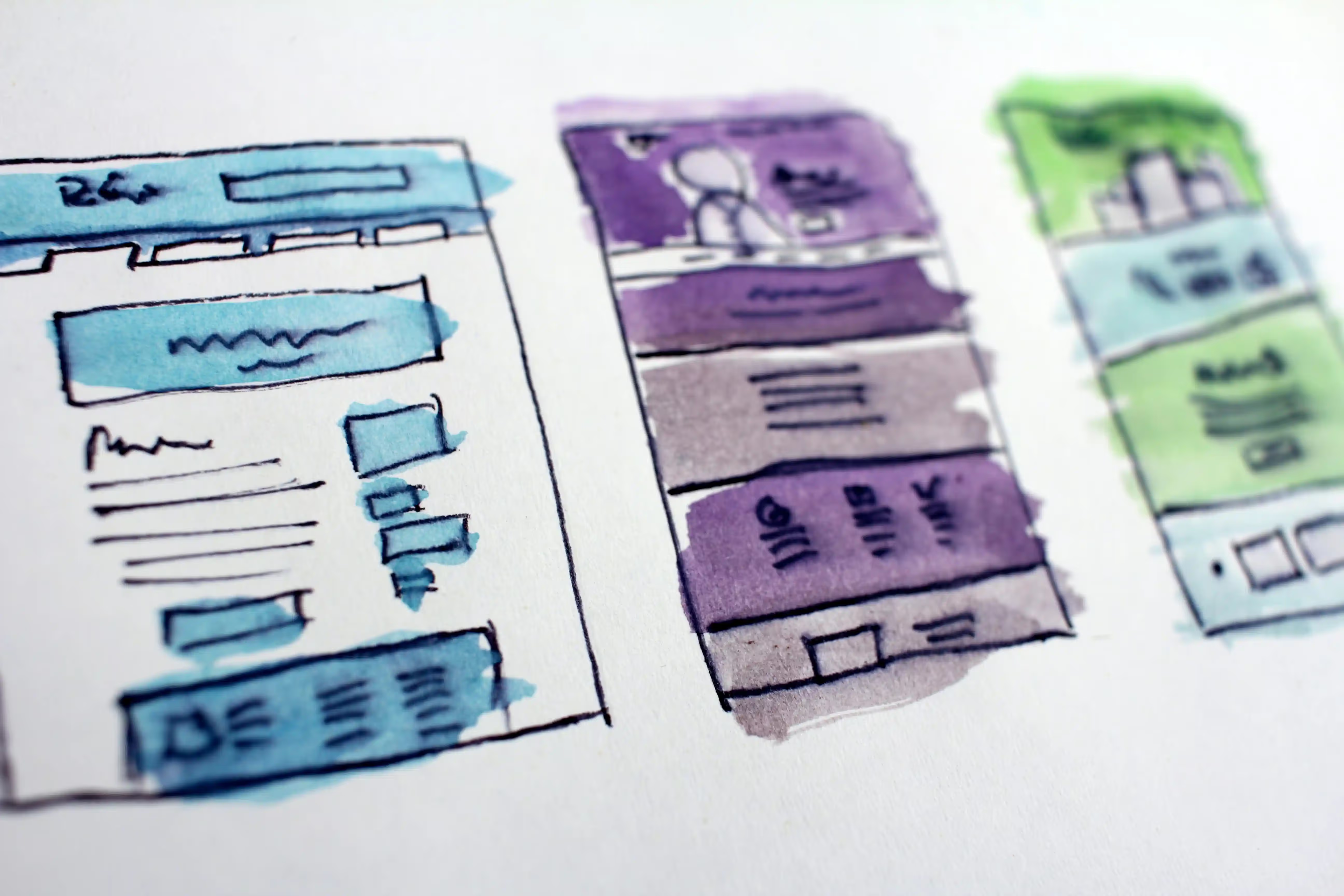In today's digital age, having a robust online presence is paramount. Think about it. How often do you turn to the internet for answers, services, or products? The online platform has grown exponentially, and a well-developed website plays a vital role in brand transformation. Understanding the basics of website development can set you on the right path to leveraging the power of the online world for your brand. So, let's delve into the intricacies of website development, breaking them down into digestible bits.
What is Website Development?
At its core, website development is the process of building and maintaining websites. It encompasses everything from creating simple pages to complex web applications. There's more to a website than what meets the eye, and this is where the magic happens - in the back end, where coding and web languages live.
Why is Website Development Essential for Brand Transformation?
First Impressions Matter: A user's first encounter with your website can make or break their perception of your brand. An intuitive, professional-looking website can greatly enhance their experience and influence their view of your brand.
Accessibility and Reach: A functional website is accessible around the clock. This means that potential clients or customers can reach out or access your services/products anytime, translating to increased brand engagement.
Credibility: A sleek website establishes trust. It's an indication that you invest in your brand, and it gives the impression of professionalism.
Marketing Platform: Your website acts as a central hub for online marketing. Through it, you can employ various marketing strategies, all contributing to brand transformation.
Beginning with the Basics - Web Design vs. Web Development
Many often confuse web design with web development. While intertwined, they serve different functions.
So, what's the difference between web design and web development? They often get used interchangeably. However, they have distinct roles.
Web Design
This is all about the look and feel of a website. Web design handles the visual side. It's about choosing the right colors, arranging content, and picking graphics. The goal? To make a website attractive and user-friendly.
Web Development
This goes a step further. The development brings the design to life. Here, coding plays a crucial role. Every button, link, or interactive element? That's the work of web development. It's the engine under the hood that ensures everything runs smoothly.
Key Elements of Effective Website Development
Want a website that stands out? Here are some must-haves:
User-Friendly Interface: Your website should be easy. Think of simple menus and clear buttons. When content is organized, visitors find what they need quickly. A smooth experience keeps them coming back and it's really necessary for your brand's transformation.
Mobile Responsiveness: More people now use mobiles for browsing. So, your website should look good on any device. If it doesn't, you might lose visitors.
Fast Loading Times: Nobody likes waiting. If your website is slow, visitors might leave. How to speed things up? Optimize images. Use browser caching. Keep the design clean and simple.
Search Engine Optimization (SEO): Want your website to rank higher on Google? That's where SEO comes in. It makes your site appealing to search engines. A strong SEO strategy can boost your visibility. This is a big step toward brand transformation.
Regular Updates and Maintenance: The online world changes fast. To stay relevant, update your site often. Add new content. Fix any bugs. An up-to-date site attracts and retains visitors.
The Role of Content in Website Development
Ever heard the phrase "content is king"? It's true. Good content can make or break your website.
Establishing Authority: Offer valuable info. Show visitors you know your stuff. This builds trust. When visitors see you as an expert, they're more likely to stick around.
Enhancing SEO: Well-written content, packed with the right keywords, can boost your SEO. This means more visibility. More visitors. More chances to make an impression.
Engaging Users: What makes visitors stay on your site? Engaging content. If they're interested, they'll stay longer. This can reduce bounce rates. And if they like what they see? They might become customers.
Choosing the Right Platform
In the vast sea of website platforms like WordPress, Wix, Drupal, and more, selecting the right one can feel overwhelming. Yet, the choice boils down to a few simple considerations. Assess the complexity of the website you envision, your budget constraints, and the specific features you desire. Some platforms, like WordPress offer extensive customization options, whereas Wix is known for user-friendly, drag-and-drop designs. Reflect on your brand's transformation needs and research each platform's capabilities to make an informed decision that will best serve your online presence.
Tips for Successful Website Development
Ready to start your website project? Here are some tips:
Have Clear Objectives: Know what you want. Is your site selling products? Sharing info? Showcasing work? Define your goal. This guides design and features.
User Testing: Before going live, do a trial run. Get feedback from real users. They might spot issues you missed.
Stay Updated with Trends: The web world moves fast. New design styles. New tech. Keep learning. Stay updated. A modern site is more likely to attract visitors. And that's key for brand transformation.
Conclusion
Website development, though seemingly intricate, is a crucial tool for brand transformation in our digital era. It's not just about creating a digital space for your brand but creating a space that resonates with your audience, is user-friendly, and aligns with your brand's objectives. An effective website serves as a brand's digital ambassador, representing its values, products, or services to a global audience 24/7. As you embark on your website development project, remember the pivotal role it plays in brand transformation. Embrace the process, invest in quality, and watch your brand soar to greater digital heights.



